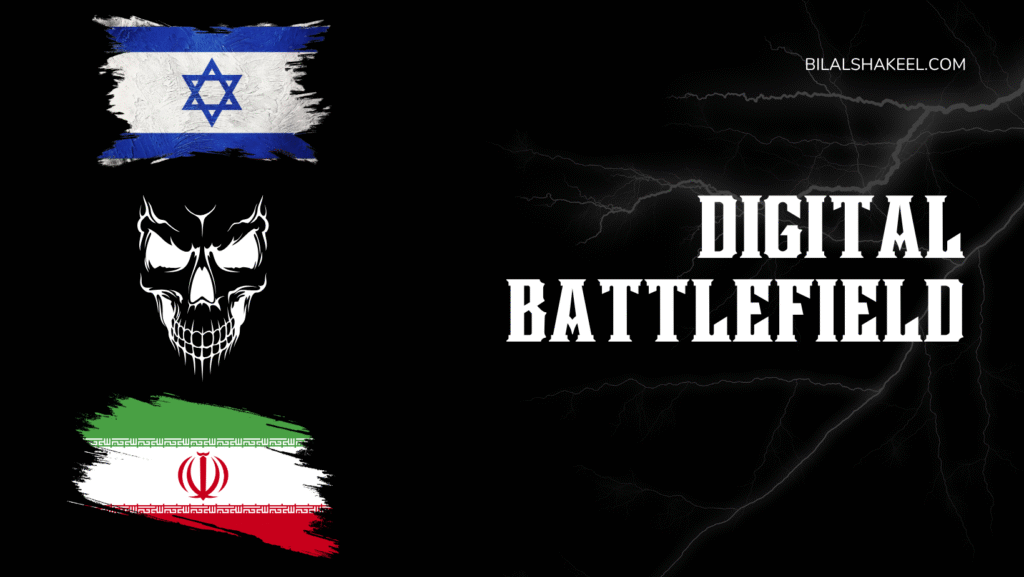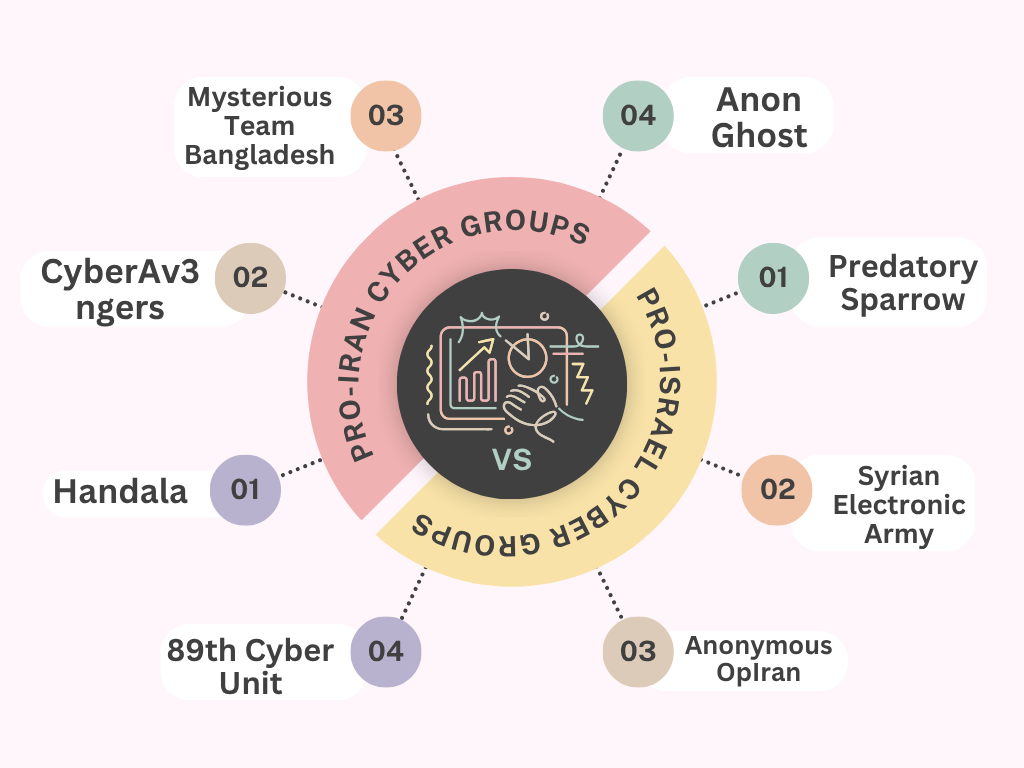
The cyberattacks in the Israel-Iran war have transformed the 2025 conflict into a hybrid warfare spectacle, where missiles and malware collide. Since Israel’s offensive “Operation Rising Lion” on June 13, 2025, targeting Iran’s nuclear and military sites, cyberspace has become a parallel battleground. This blog goes into the latest cyberattacks in the Israel-Iran war, detailing key actors, targets, and global implications, backed by authentic data.
Surge in Cyberattacks: A 700% Spike
The cyberattacks in the Israel-Iran war escalated dramatically, with a 700% surge in attacks on Israeli targets since June 13, 2025, according to Radware. Iran’s response included throttling internet access by 80% on June 17, 2025, to counter Israeli incursions, leading to a near-total blackout on June 18, 2025, at 5:30 PM local time, per NetBlocks. This digital warfare blends state-sponsored hacks, hacktivist disruptions, and disinformation, making the cyberattacks in the Israel-Iran war a global concern.

Pro-Israel Cyber Offensive
Israel’s cyber arsenal has been relentless in the cyberattacks in the Israel-Iran war. The pro-Israel group Predatory Sparrow (Gonjeshke Darande) claimed responsibility for two major attacks:
- Bank Sepah Attack (June 17, 2025): Disrupted ATMs and account access across Iran, crippling financial services.
- Nobitex Crypto Exchange (June 18, 2025): Drained ~$90 million and leaked source code on X, destabilizing Iran’s crypto market.
Israel also disabled Iranian radar and communication systems during airstrikes on June 13, 2025, leaving defenses vulnerable. These precise strikes highlight Israel’s sophisticated capabilities, reminiscent of the Stuxnet attack in 2010.
Iran’s Cyber Retaliation
Iran’s response to the cyberattacks in the Israel-Iran war has been aggressive, leveraging state-linked and hacktivist groups:
- Handala stole over 2 terabytes of data from Israeli firms, including Delek (energy) and Y.G. New Idan (construction), on June 16, 2025.
- CyberAv3ngers, tied to Iran’s Islamic Revolutionary Guard Corps (IRGC), exploited default passwords in programmable logic controllers (PLCs) to target Israeli water, energy, and shipping systems.
- Iran’s Cyber Security Command claimed to thwart 85 Israeli cyberattacks on its banking and military networks by June 20, 2025.
Hacktivist Surge
The cyberattacks in the Israel-Iran war have set free a tidal wave of hacktivism. As of June 22, 2025, 119 hacktivist groups were active, with 80 aligned with Iran(unverified). Key pro-Iran groups include:
- Mysterious Team Bangladesh and AnonGhost, which disrupted Israeli radio stations on June 14, 2025.
- DieNet, which threatened U.S. targets on June 17, 2025, increased global risks.
Pro-Israel groups, numbering around 12, are led by Predatory Sparrow but are outnumbered. Israel faces ~30 DDoS attacks daily, peaking at 40, while Iran faces the same number. These hacktivist efforts intensify the cyberattacks in the Israel-Iran war, targeting civilian and critical infrastructure.
Disinformation
Disinformation is a hallmark of the cyberattacks in the Israel-Iran war. Iran and Israel deployed AI-manipulated videos on X, falsely depicting Countries as their ally and capitals under attack. Israel’s National Cyber Directorate warned of malicious websites targeting citizens abroad for espionage on June 18, 2025. Fake emergency alerts, spoofing Israel’s Home Front Command, spread panic about fuel shortages and imminent bombings. Iran issued an alert to their people about Israeli manipulation of digital space.
Global Implications
The cyberattacks in the Israel-Iran war have ripple effects worldwide. U.S. agencies (CISA, FBI, NSA) issued alerts on June 16, 2025, warning of Iranian cyberattacks on critical infrastructure, citing past IRGC-linked hacks on water systems in 2023. The IT-ISAC and Food & Ag-ISAC urged U.S. firms to sustain defenses, noting a 42% rise in ransomware incidents in the energy sector in Q2 2025.
The Future of Cyber Warfare
The cyberattacks in the Israel-Iran war signal a new era of hybrid conflict, where bytes are as lethal as bombs. Both nations’ cyber capabilities—Israel’s precision and Iran’s resilience—pose challenges for global cybersecurity. As of June 23, 2025, the conflict shows no signs of de-escalation, with state and non-state actors driving exceptional digital disruption.
Conclusion
The cyberattacks in the Israel-Iran war are reshaping modern warfare, mixing physical strikes with digital sabotage. From Predatory Sparrow’s financial heists to Iran’s disinformation campaigns, the stakes are high. Share your thoughts: How will cyber warfare evolve in global conflicts?







